
Giuseppe Francalanza
Burning Lairs
Project Info
- 💙 VIN VIN Vienna / Naples
- 🖤 Giuseppe Francalanza
- 💜 Giulia Zompa
- 💛 Flavio Palasciano
Share on
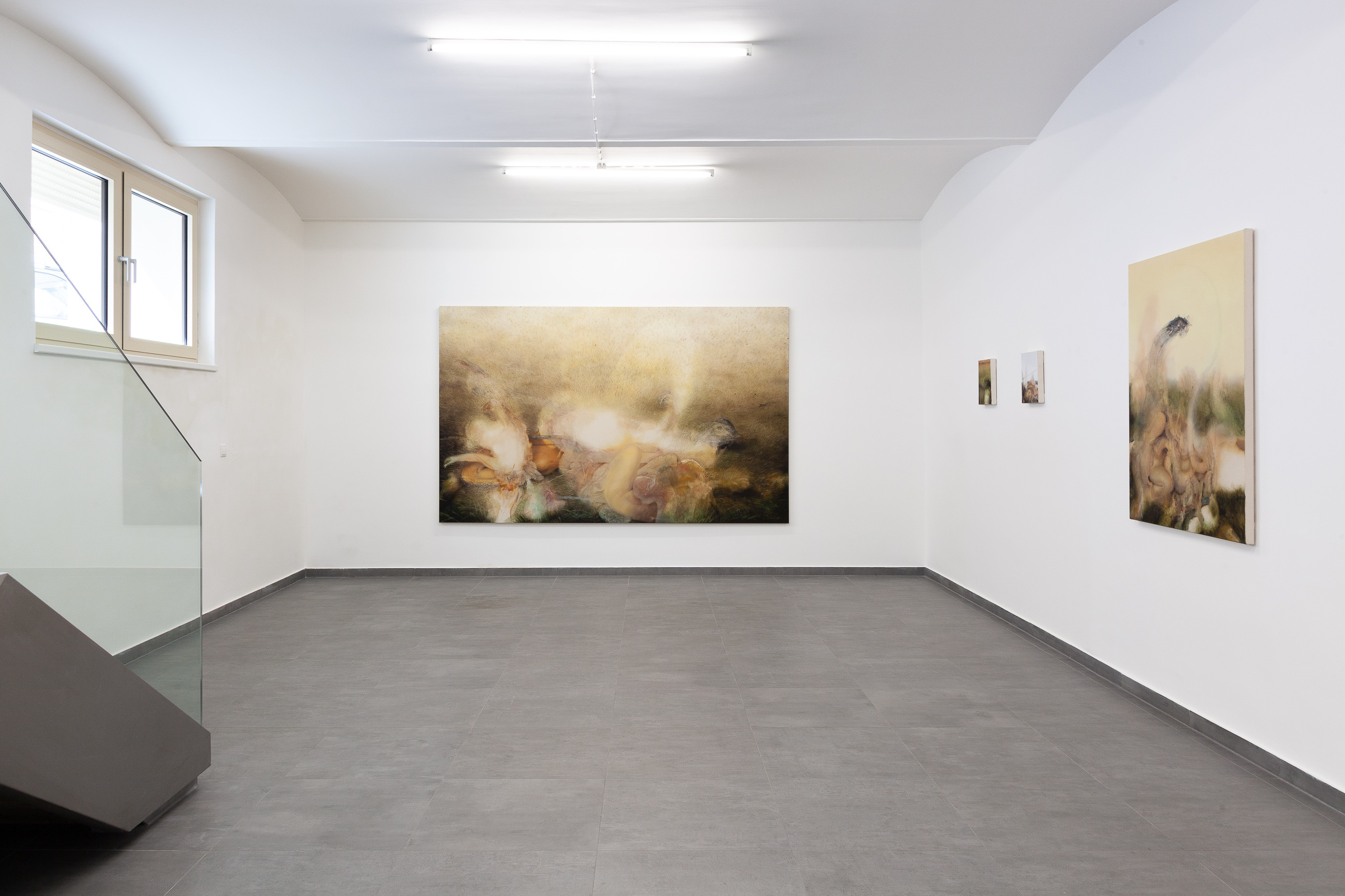
Installation view - Burning Lairs - Giuseppe Francalanza
Advertisement
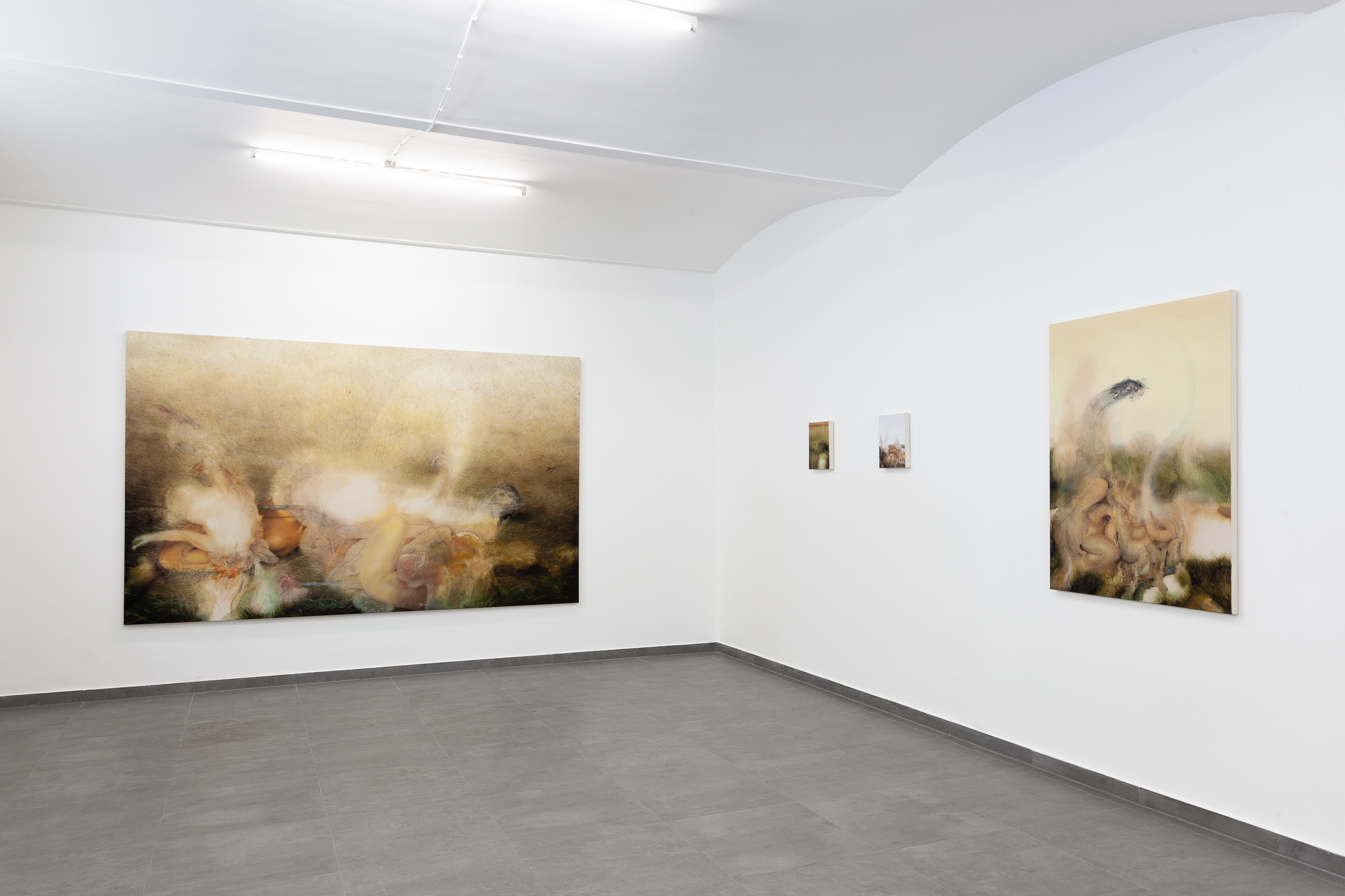
Installation view - Burning Lairs - Giuseppe Francalanza
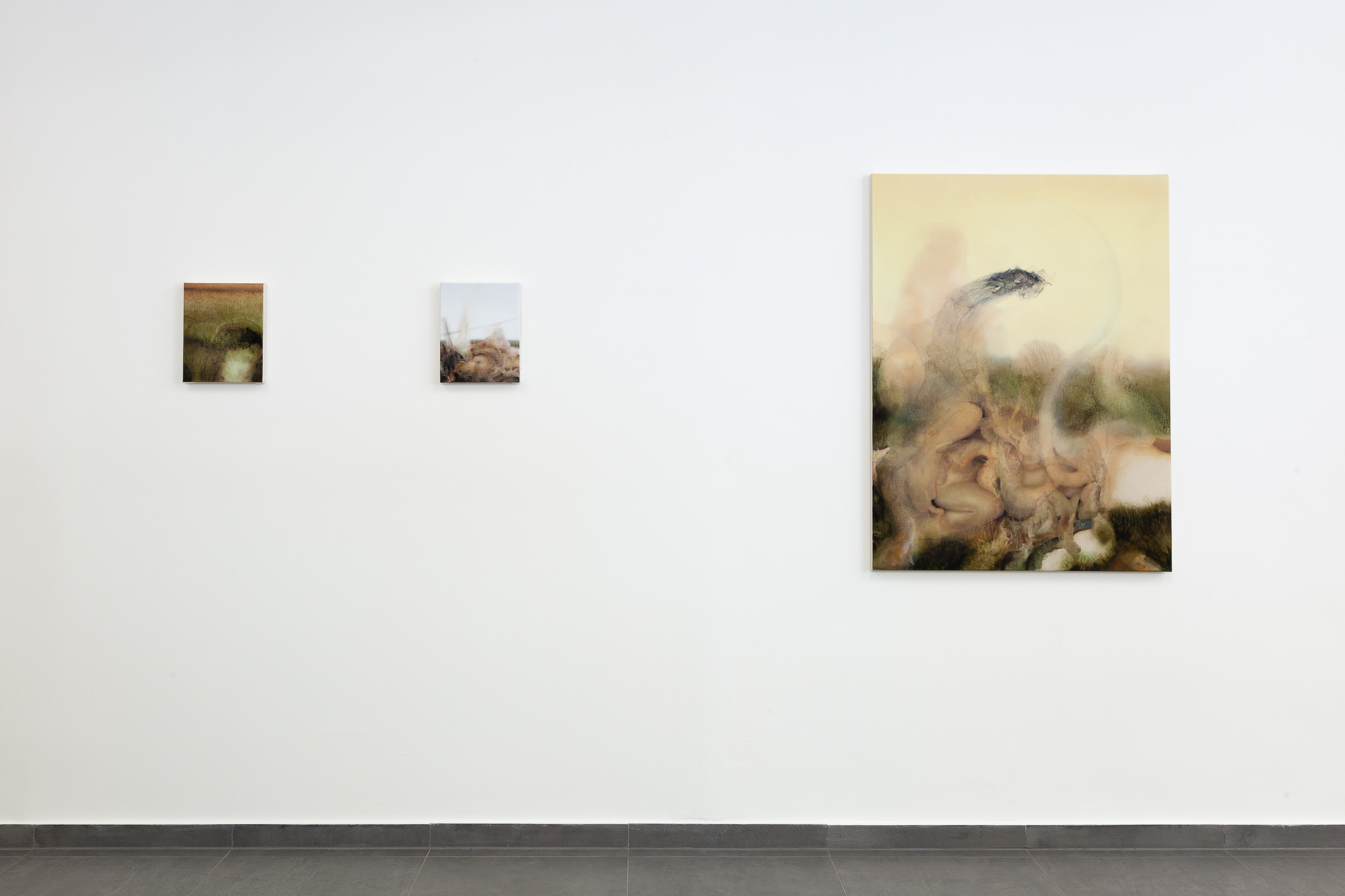
Installation view - Burning Lairs - Giuseppe Francalanza
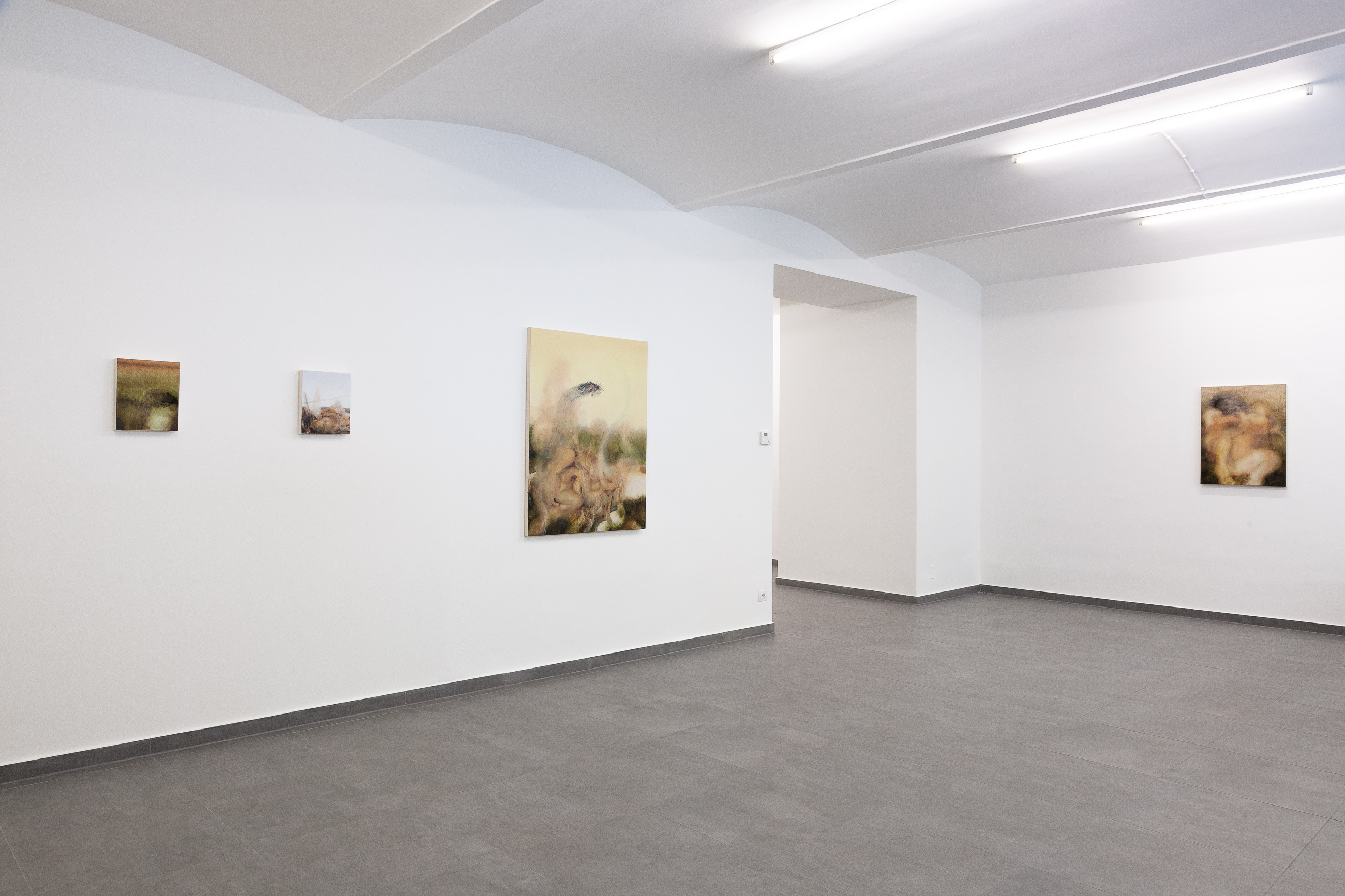
Installation view - Burning Lairs - Giuseppe Francalanza
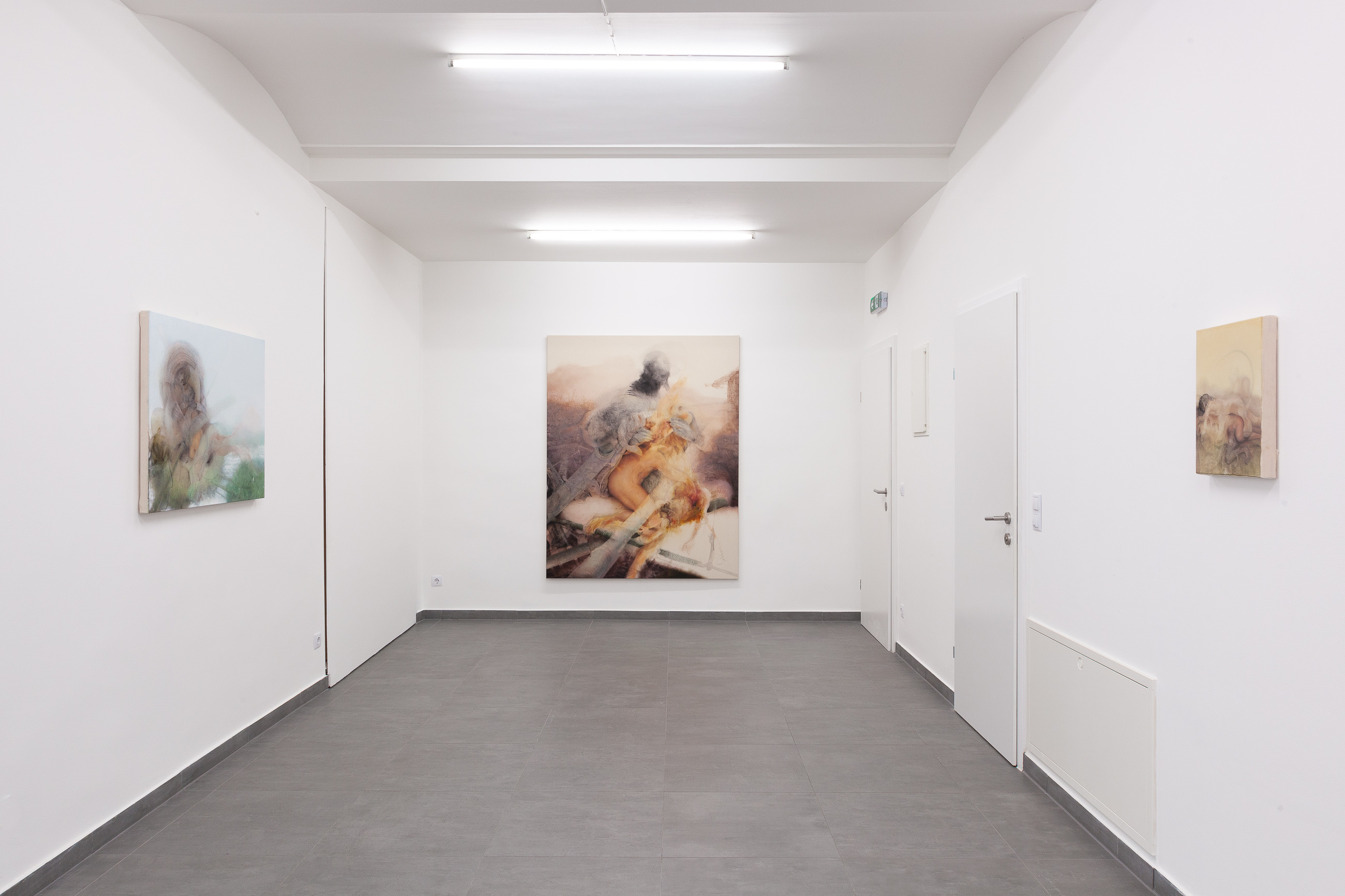
Installation view - Burning Lairs - Giuseppe Francalanza
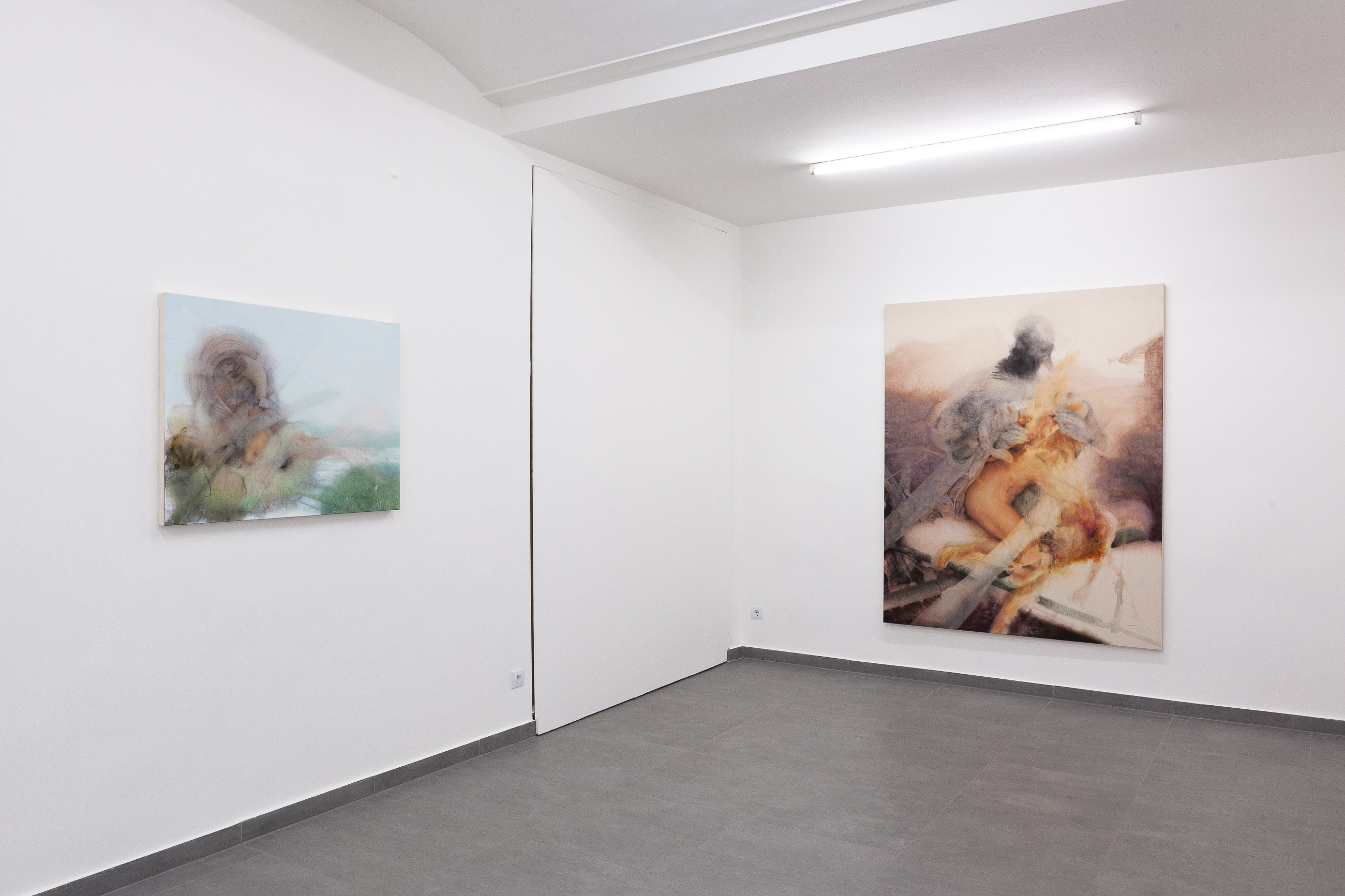
Installation view - Burning Lairs - Giuseppe Francalanza
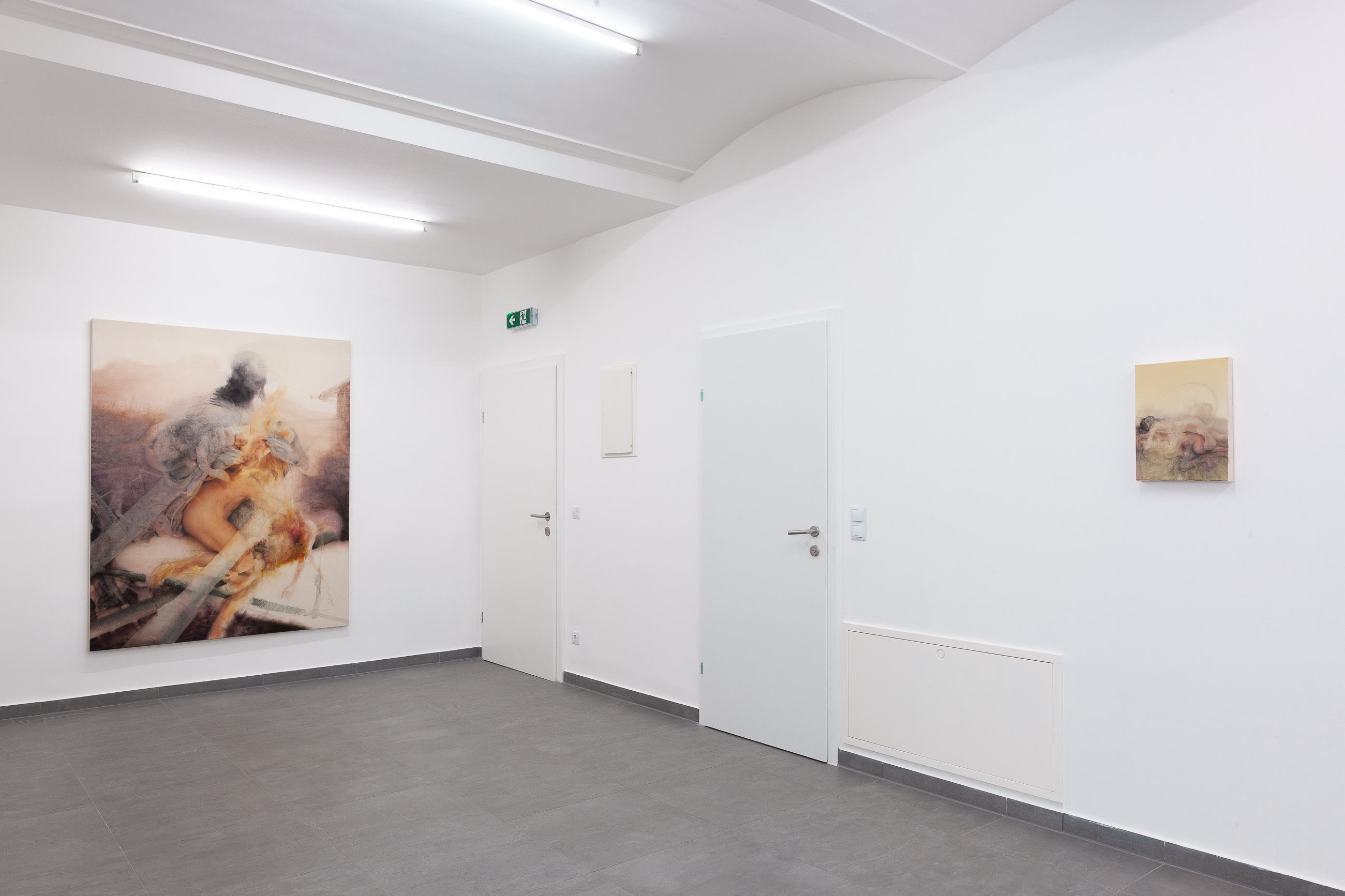
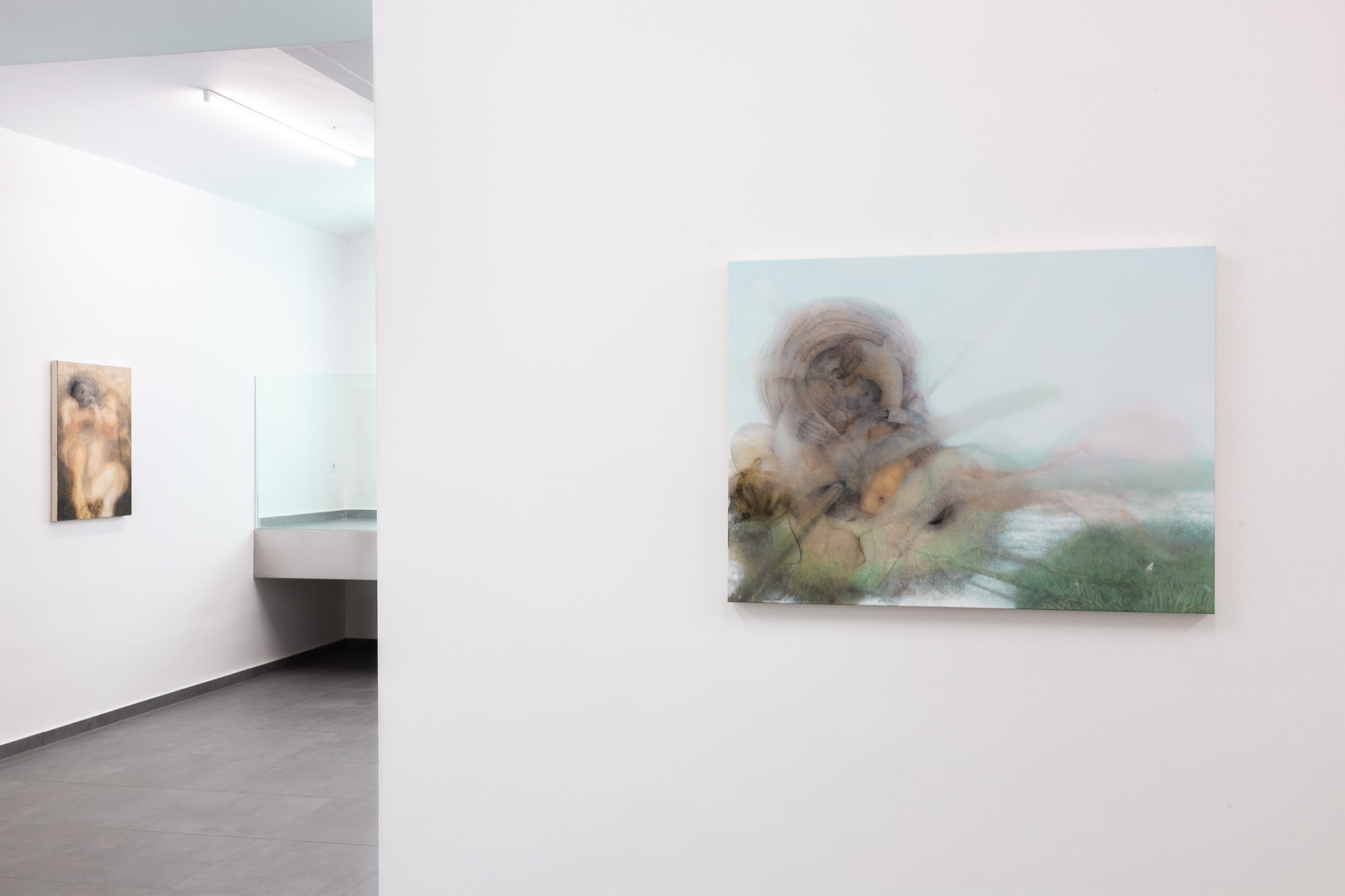
Installation view - Burning Lairs - Giuseppe Francalanza
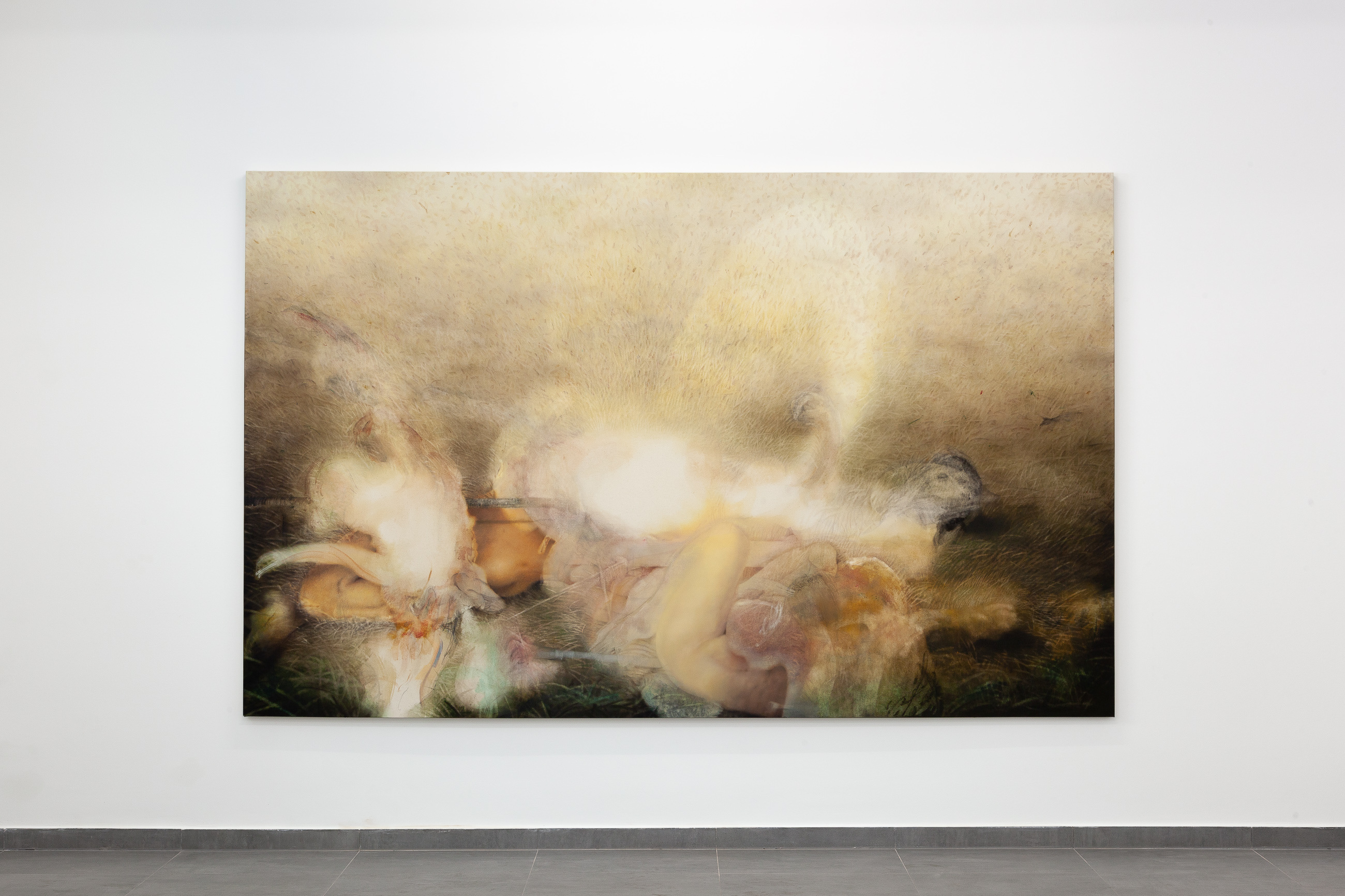
Twins, 2024 Mixed media on canvas 290 x 180 cm
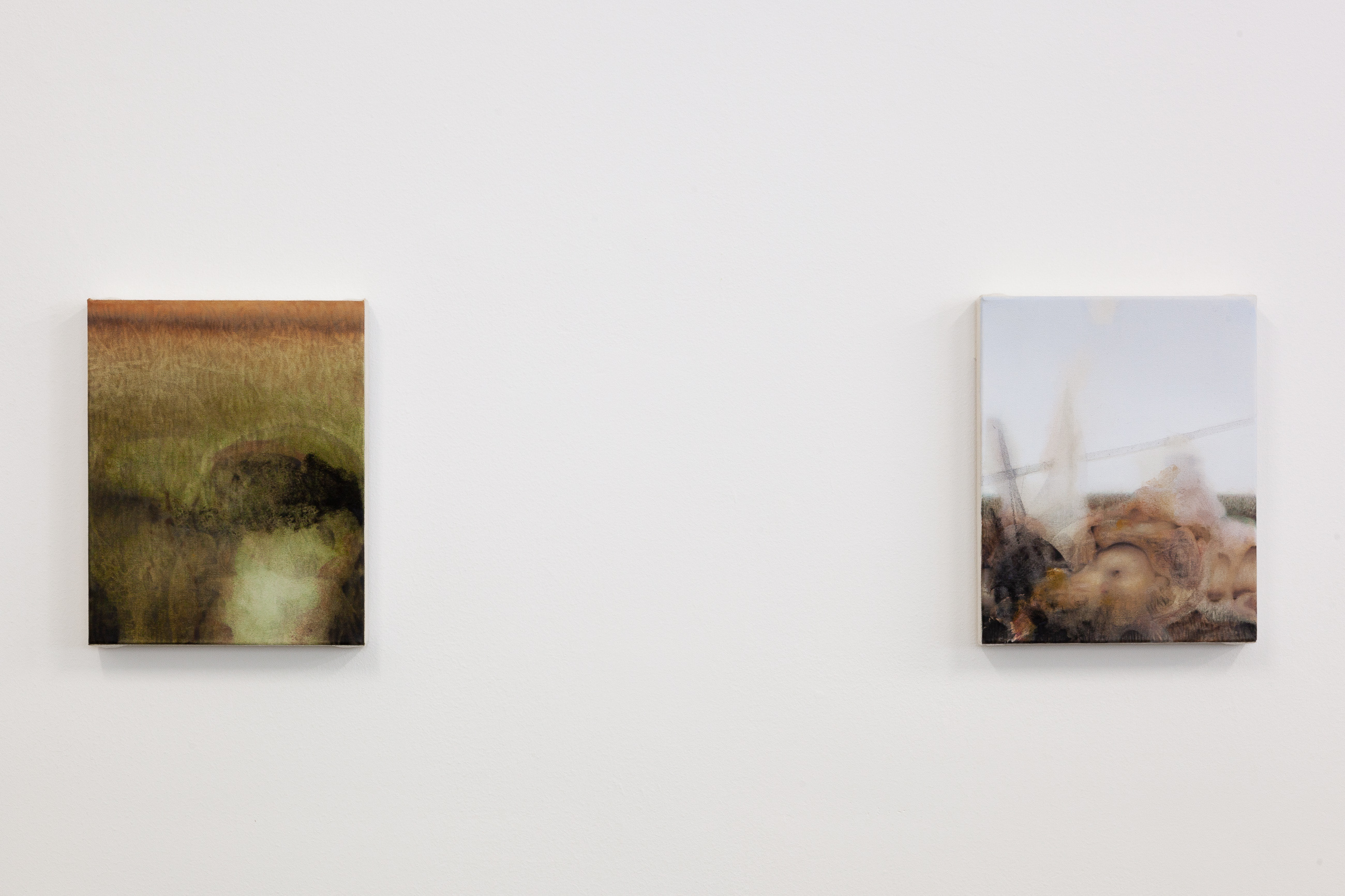
Installation view - Burning Lairs - Giuseppe Francalanza
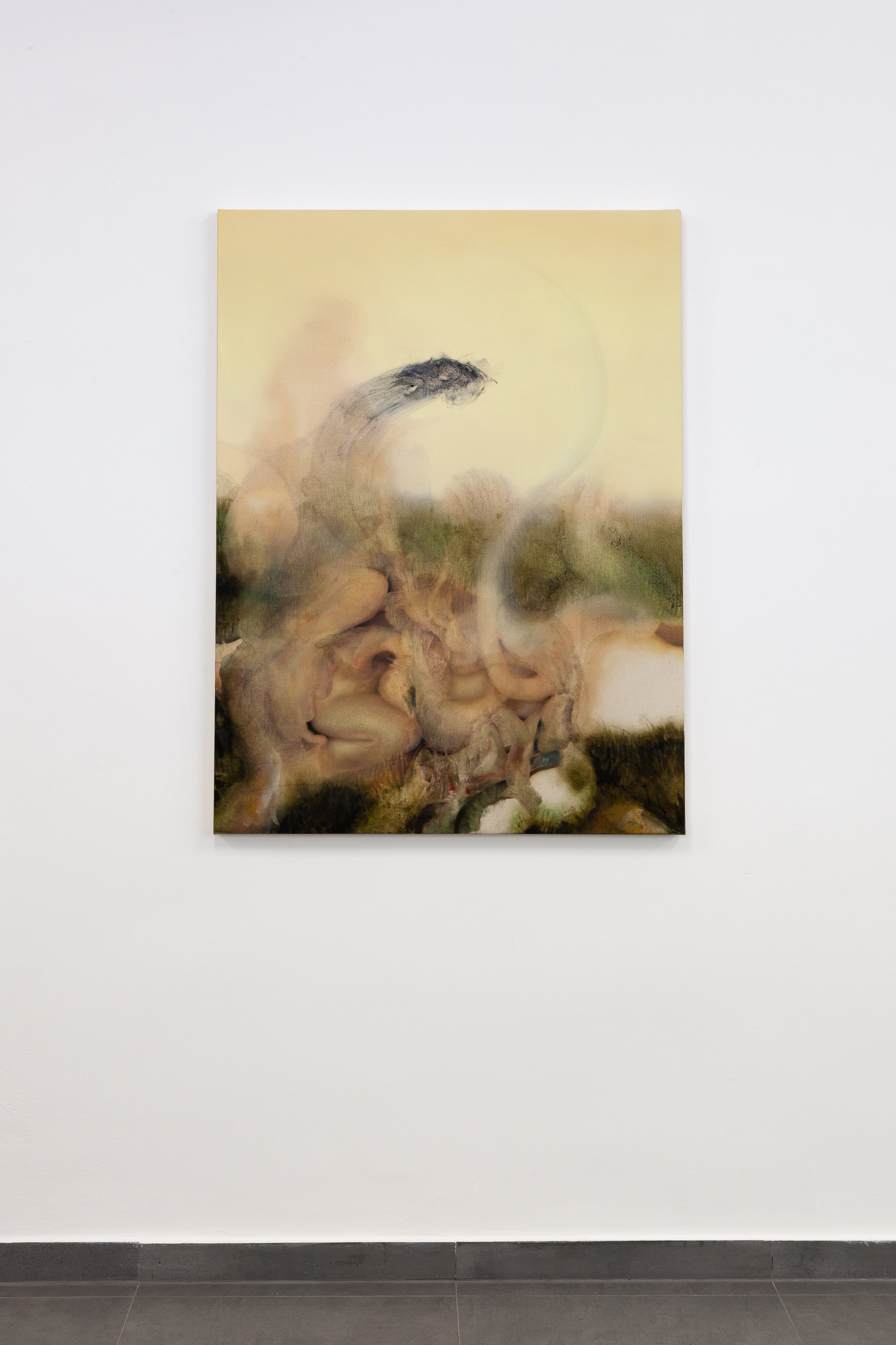
Sulfur, 2024 Mixed media on canvas 120 x 90 cm
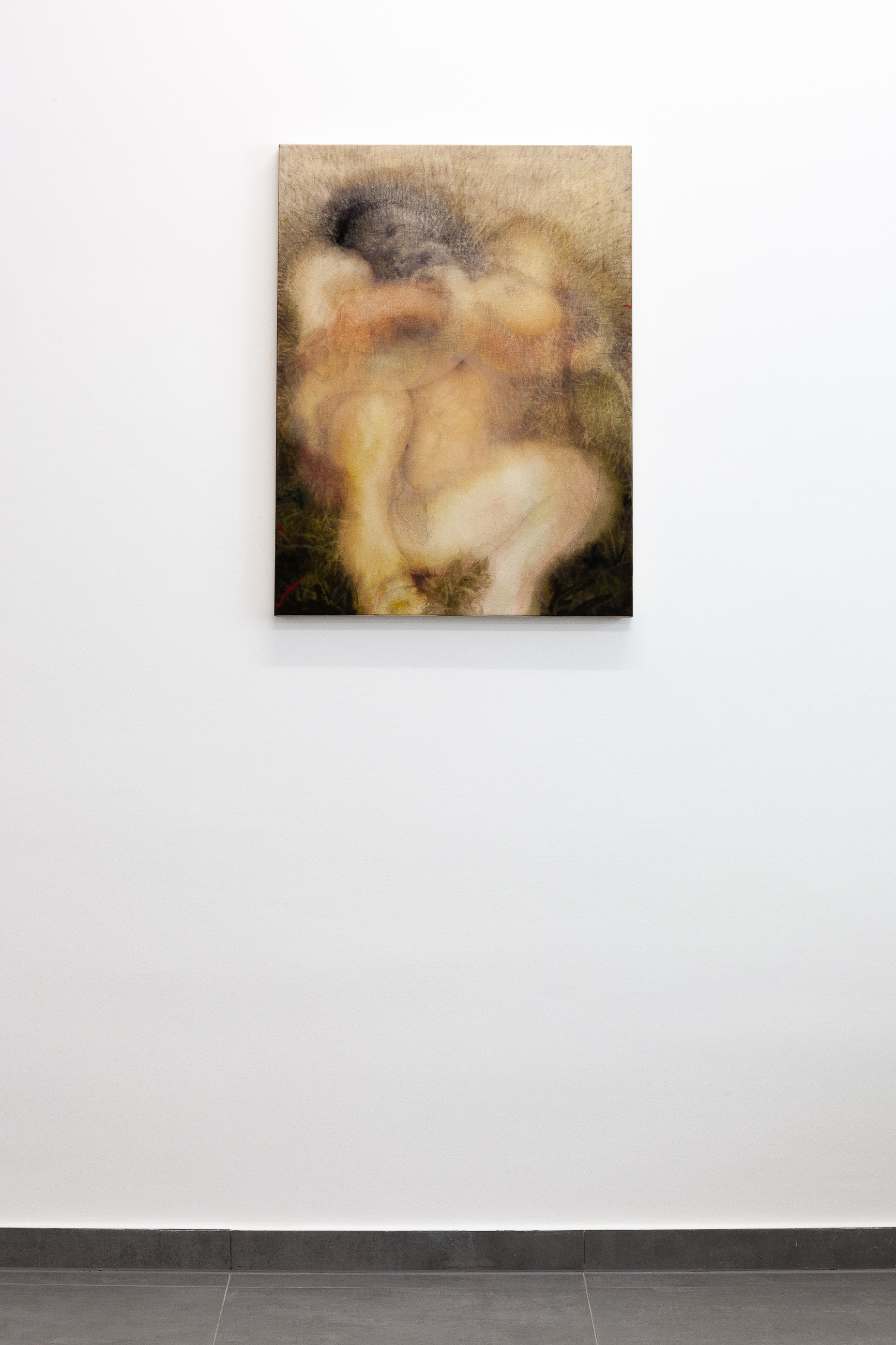
Crown of Thorns, 2024 Mixed media on canvas 80 x 60 cm
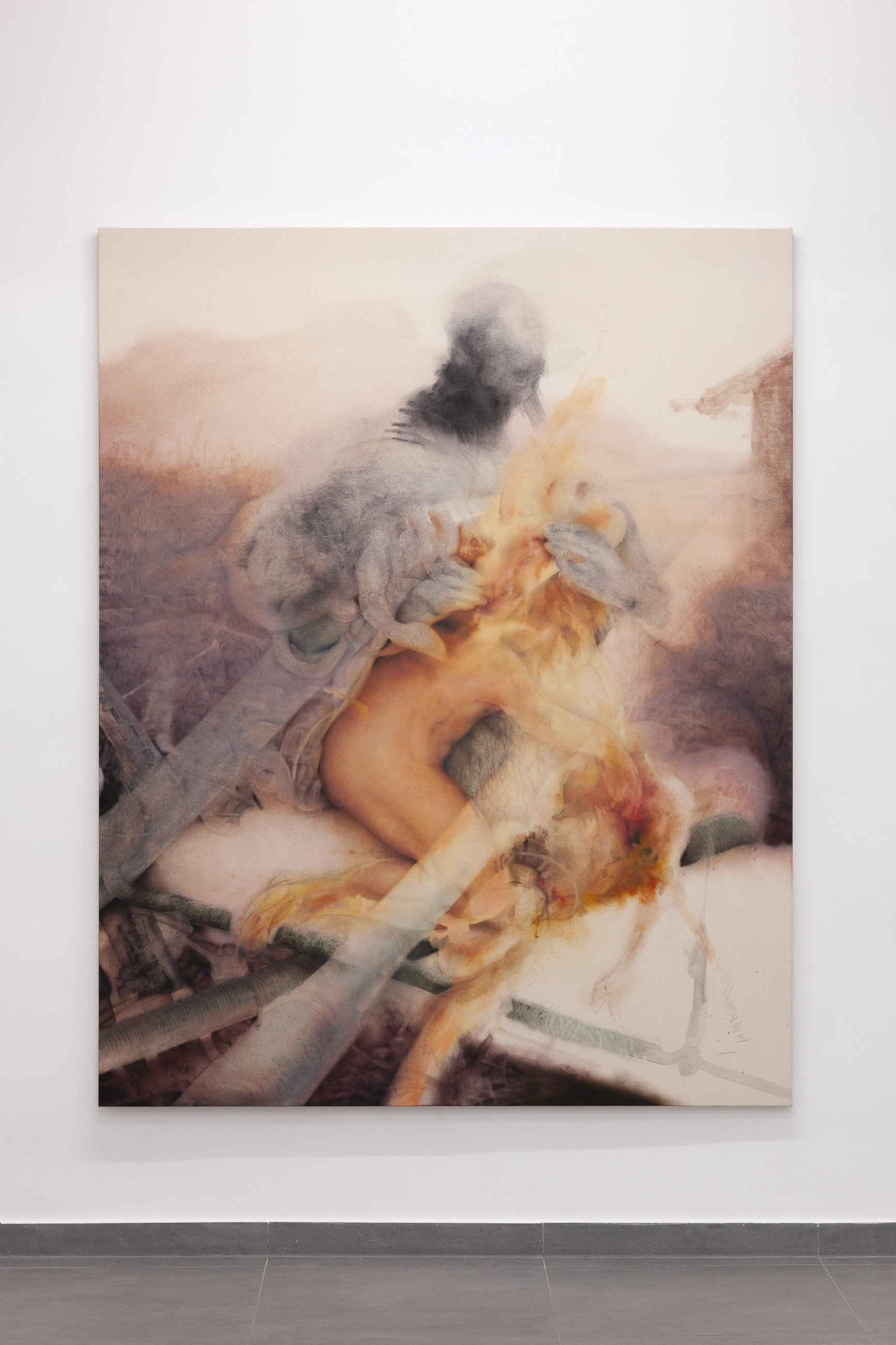
Eradicating Machine, 2024 Mixed media on canvas 190 x 150 cm
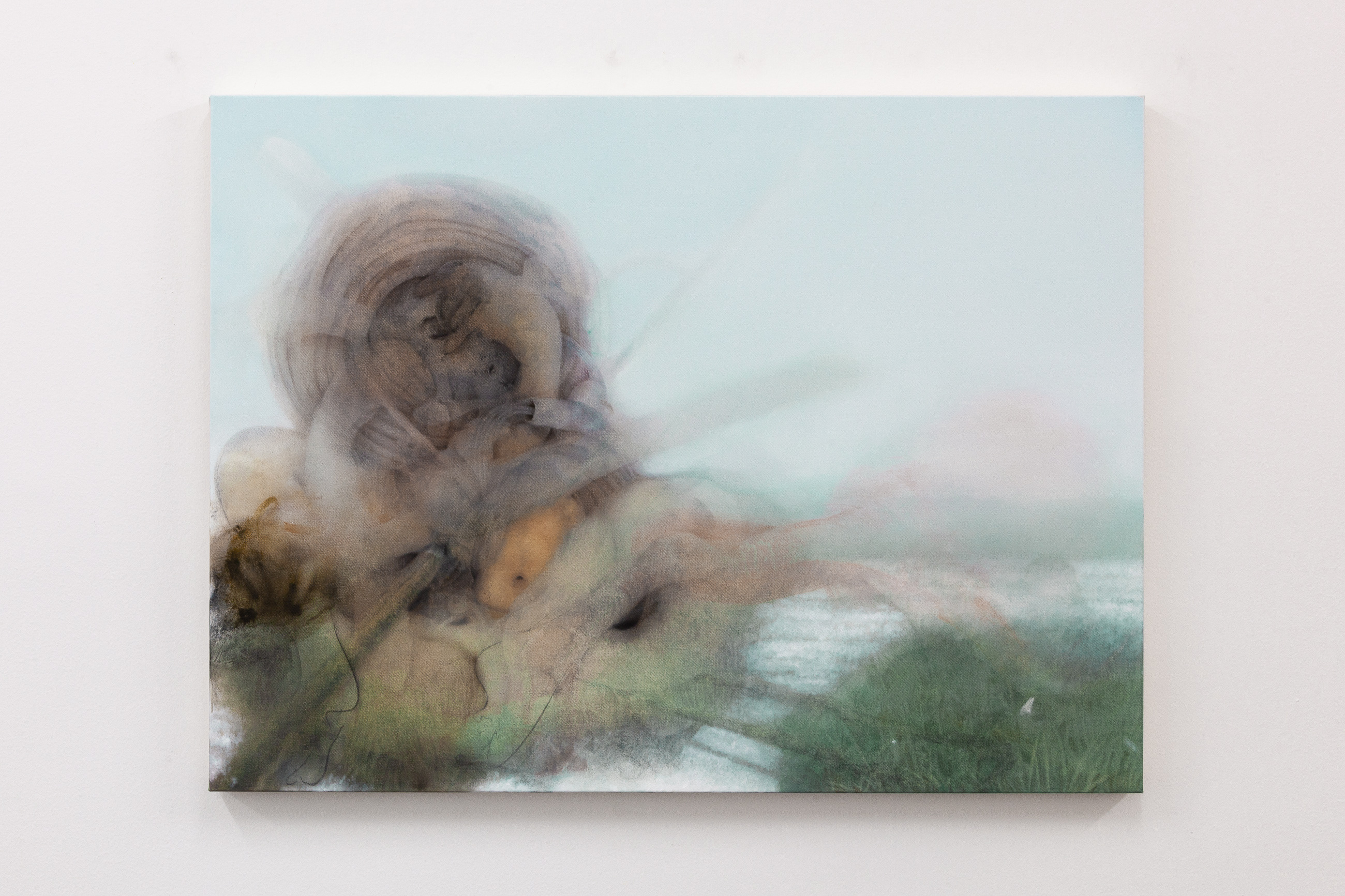
Ice baskets, 2024 Mixed media on canvas 75 x 100 cm
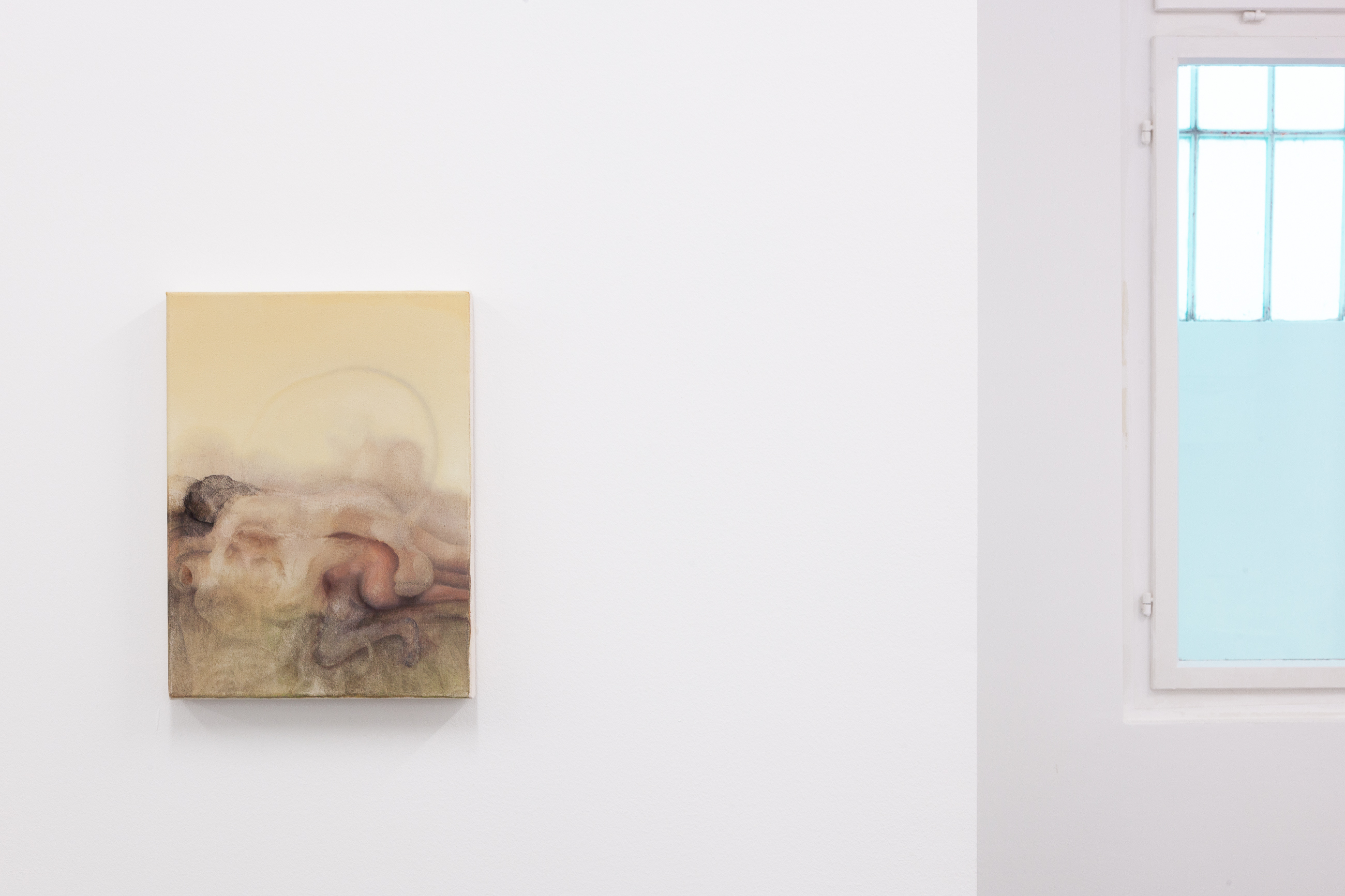
Fortunati, 2023 Mixed media on canvas 40 x 30 cm
In Giuseppe Francalanza’s painterly universe, the image is never static: ochre-hued color spots accumulate, blend, and collide, revealing ethereal subjects, bodies, natural elements, and machines that change under the scorching sun and the bright glare of lights. There’s a sense of interpenetration between subject and environment, between body and space, between life and imagination. The canvas is a theatre of infinite possibilities. These works are silent yet animated by an inner tumult, a blend of memories and landscapes, an autobiographical sentiment of indomitable roots, those of Sicily, merging with a desire for a universal perspective on existence.
The boundary between the figurative and the abstract is intentionally blurred, a result of a technique where the initial pronounced gestural is followed by the more reflective work of drawing, which shapes the forms and evokes evanescent presences. It is a conflict between the immediacy of painting and the settling of the image in the artist’s mind, and then on the canvas. The unpainted areas emerge as bright points of light, contrasting sharply with the areas of intense chromatic layering. It is a quest for purity and, simultaneously, for destruction, a tension of opposites echoed in the depicted subjects, expression of a careful examination of the dynamics of conflicts that lie at the heart of the artist’s entire visual narrative.
In the large-scale painting Twins, figures violently emerge from a den engulfed in flames, accentuating separation as both a primal act of violence and a tangible threat of destruction. Within Francalanza’s works, lairs and dens, spaces traditionally deemed secure, are transmuted into arenas of cruelty and suffering: now violated private places, often shrouded in a dense atmosphere of smoke, bearing the scars of a devastating fire. What remains is a profound sense of loss and the inevitability of disaster.
With these evocative yet never explicit images, the artist stages the fragility of human relationships and the vulnerability of our time, reflecting on an existential condition characterised by fear and an awareness of our limitations. He presents a vision in which the future, laden with imminent catastrophes, merges with a constant reminder of the essentiality of various levels of human conflict, prompting us to question our position in the world and all the tensions that shape and transform us.
In the painting Crown of Thorns, a dark and dormant face appears at the top of the canvas. The accompanying body is indecipherable, dizzyingly mobile, and distorted, almost resembling an overlay of multiple bodies. While rooted in Christian tradition and ancient iconography, the reference here extends to a broader human suffering. Pain is an inevitable aspect of existence and violence is pervasive; however, there is a continuous quest for a subtle joy, similar to that described by poet Mariangela Gualtieri in her book Beast of Joy, woven “into the fiber of all things”. This joy manifests as a vital force that unites humanity with the entire universe, forming a single universal organism. In these terms, Fortunati, a small-scale work, can be understood as depicting an intimate embrace between two bodies so deeply intertwined that it evokes a profound sense of unity and connection with the surrounding world.
A recurring theme, exemplified in Eradicating Machine, is the juxtaposition between machines, metallic, inert, and devoid of function, and organic, living nature. The mechanical elements act as a counterpoint to the potential lyricism of natural forms, grounding the scene in the concrete reality of existence. This is emphasized by the physical and metaphorical uprooting, symbolizing the loss or destruction of origins. The composition, colors, and figures are skillfully balanced to achieve a formal reflection of this poetic conflict.
It’s an exploration of traumatic dynamics and continuous catastrophes, but also of the necessity for renewal and transformation, revealing the formative and generative nature of conflict itself through the painting process. Aligned with the theories of Gilles Deleuze - whom the artist openly admires, - becoming is understood as a relation between differences, a disjunctive synthesis essential for a dynamic process inherently involving friction. If the world is a field of forces mutually influencing each other and allowing becoming, what remains after the destructive passage of an event like a fire? Francalanza offers us a vision of suspended and timeless moments, where pain, love, and strength, intertwined with the pursuit of peace, beauty, and joy, coexist, leaving us with the possibility of rising from the ashes.
Giulia Zompa




